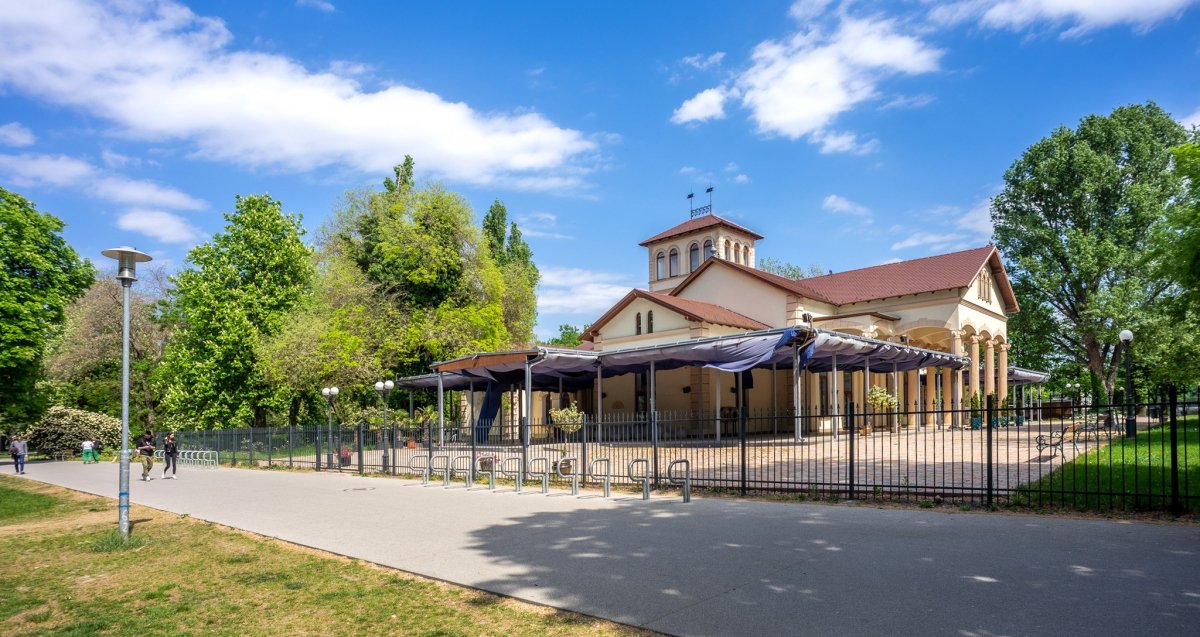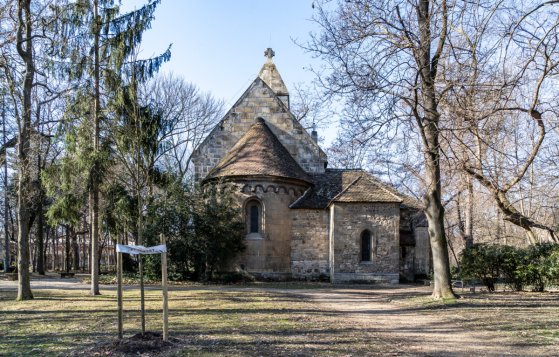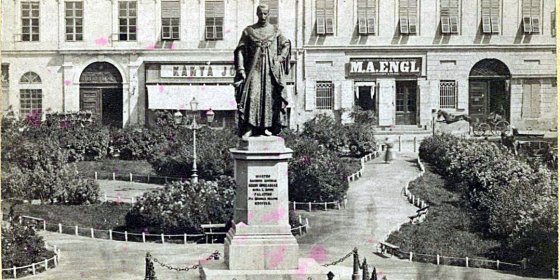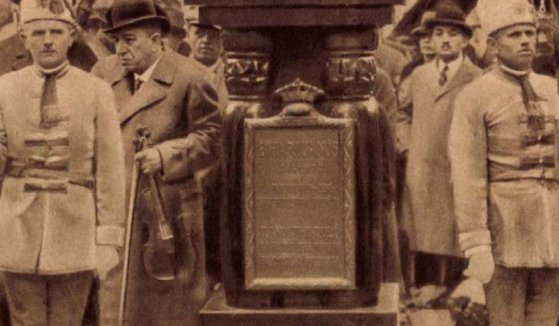 The „intertwined history” of the bridges and the city of Budapest
Which ideas and events have shaped the fate of bridges of Budapest and the cityscape? Alongside many other interesting facts, this question is also answered this newly published book by the Budapest City Archives, which introduces the history of bridges in Budapest.
The „intertwined history” of the bridges and the city of Budapest
Which ideas and events have shaped the fate of bridges of Budapest and the cityscape? Alongside many other interesting facts, this question is also answered this newly published book by the Budapest City Archives, which introduces the history of bridges in Budapest.
Margit Island
 The capital imposed building tax on properties on Margit Island
The capital imposed building tax on properties on Margit Island
October 26, 2022 at 7:30 PM
From 1 January, building tax must be paid on privately owned properties on Margit Island worth more than one billion HUF - this was decided by the General Assembly of Budapest on Wednesday. Budapest's leadership is encouraging the districts to follow the capital's example and impose a building tax on privately owned apartments worth more than one billion HUF.
Are we overusing Margit Island? - The capital would reduce the number of visitors
October 19, 2022 at 7:00 PM
Margit Island is currently overused and needs to be quieted down, believes the Budapest City Council, which wants to strengthen the recreational park character of the much-loved part of Budapest. They want to achieve quietness by amending legislation: the capital decree on the use of public spaces is planned to be changed in such a way that fewer people can use the services provided on the island.
The oldest bell in Budapest – A Chapel on Margit Island preserves the memory of the Premonstratensians
February 14, 2021 at 11:00 AM
The Order of Canons Regular of Prémontré is celebrating its 900th anniversary this year. Traditional holds that the French order appeared in Hungary shortly after its founding during King Stephen II's rule between 1116 and 1131. The white canons remain active in Hungary to the present day. Yet in Budapest, a chapel they have not used in centuries is the most well-known building connected to them. Saint Michael's Chapel in the northern part of Margit Island was rebuilt from ruins by a central figure of Hungarian conservationism, Kálmán Lux, in the early 1930s.
The most Hungarian Habsburg moved to Buda 225 years ago
September 17, 2020 at 11:00 AM
Eventually serving as Palatine of Hungary for over 50 years, the young prince being raised in Florence would never have been expected to later be known as the Most Hungarian Habsburg. Palatine Joseph was only 19 when he moved to Budapest with much ceremony 225 years ago. He settled in the country, lived here with his wife and children, died here and was buried in the crypt of the Royal Palace in Buda Castle. His popularity was founded on the attention he paid to the prosperity of Buda and Pest.
The memory of János Bihari on Margit Island
July 26, 2020 at 3:00 PM
The history of an old statue on Margit Island hides many interesting things. How many people know today that the traditional symbol of the gipsies was a hedgehog? This symbol was included on János Bihari's, one of the most loved gipsy musicians dubbed the Gypsy King, statue on the Margit Island, created by a special figure of Hungarian statuary, the deaf-mute László Vaszary.
More articles
 The „intertwined history” of the bridges and the city of Budapest
Which ideas and events have shaped the fate of bridges of Budapest and the cityscape? Alongside many other interesting facts, this question is also answered this newly published book by the Budapest City Archives, which introduces the history of bridges in Budapest.
The „intertwined history” of the bridges and the city of Budapest
Which ideas and events have shaped the fate of bridges of Budapest and the cityscape? Alongside many other interesting facts, this question is also answered this newly published book by the Budapest City Archives, which introduces the history of bridges in Budapest.
 The Bridge Report, which brought a turning point in the history of Budapest
A travel report that changed the history of Pest and Buda, as well as Hungary. The little book contributed to the change of half a thousand years of legal customs and the implementation of an investment of unprecedented size and technical quality. This book was The Bridge Report [Hídjelentés in Hungarian].
The Bridge Report, which brought a turning point in the history of Budapest
A travel report that changed the history of Pest and Buda, as well as Hungary. The little book contributed to the change of half a thousand years of legal customs and the implementation of an investment of unprecedented size and technical quality. This book was The Bridge Report [Hídjelentés in Hungarian].
 Drama on the university wall - The heroic monument was planned 95 years ago
In the constant hustle and bustle of the Egyetem Square in Pest, the students may not even notice the monument that decorates the short section of wall between the church and the central building of ELTE. However, it commemorates their predecessors, the heroes who fought for their country in World War I, and those who heroically helped them. The first design of the dramatically collapsing soldier was born in 1928, ninety-five years ago.
Drama on the university wall - The heroic monument was planned 95 years ago
In the constant hustle and bustle of the Egyetem Square in Pest, the students may not even notice the monument that decorates the short section of wall between the church and the central building of ELTE. However, it commemorates their predecessors, the heroes who fought for their country in World War I, and those who heroically helped them. The first design of the dramatically collapsing soldier was born in 1928, ninety-five years ago.




